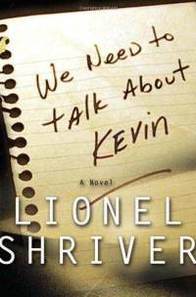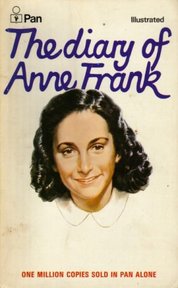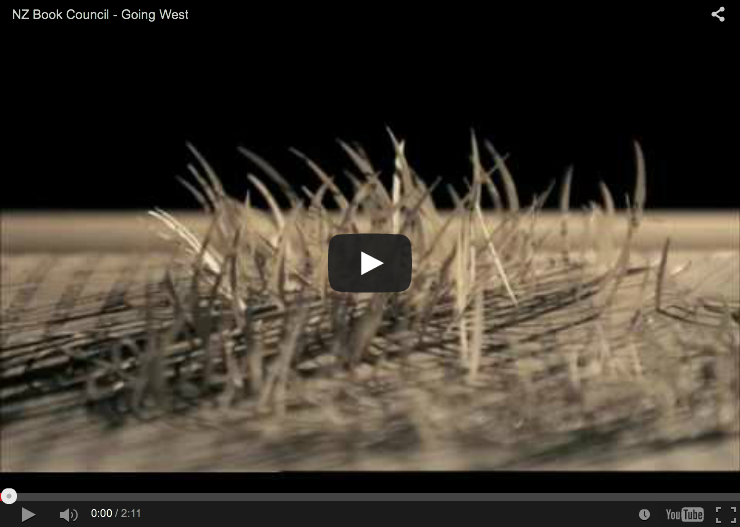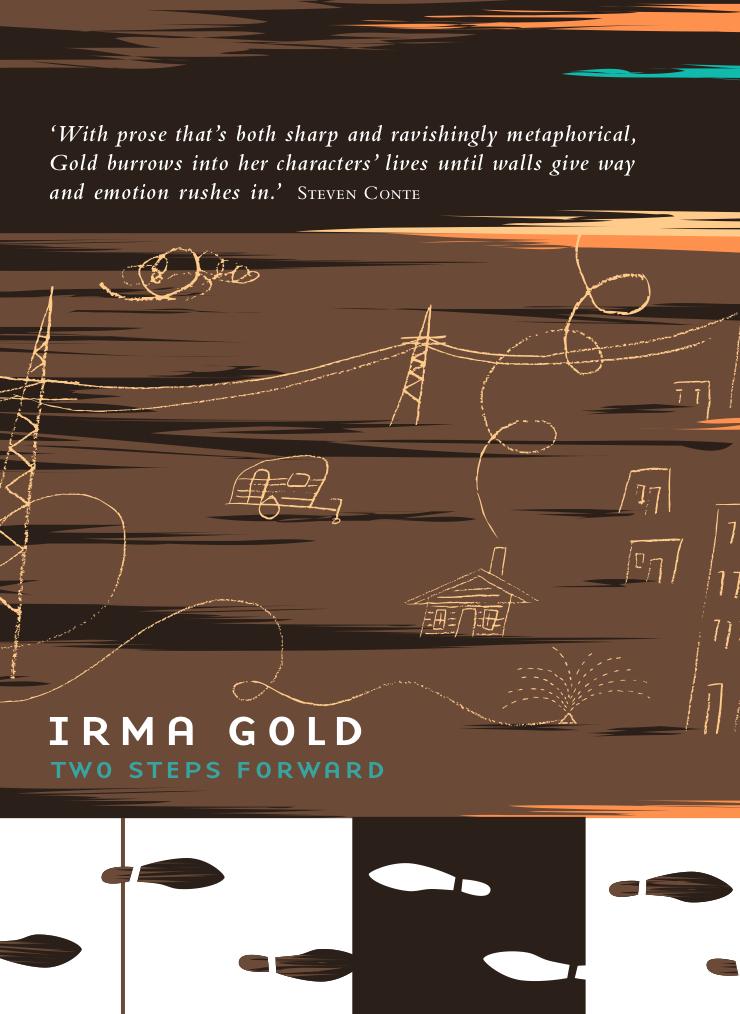The Invisible Thread series: Jackie French
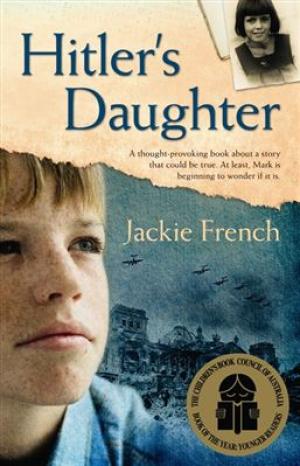 I meet Jackie French at Floriade on Gnome Hill, a grassy area peppered with a collection of porcelain gnomes. We walk across to a quieter spot beside a stream. She has come from giving a ‘Gourmet Garden’ presentation where she has managed to splatter herself with soup. ‘I never wear an apron at home,’ she tells me, but using unfamiliar equipment she has managed to make a mess of herself. Not that the evidence remains.
I meet Jackie French at Floriade on Gnome Hill, a grassy area peppered with a collection of porcelain gnomes. We walk across to a quieter spot beside a stream. She has come from giving a ‘Gourmet Garden’ presentation where she has managed to splatter herself with soup. ‘I never wear an apron at home,’ she tells me, but using unfamiliar equipment she has managed to make a mess of herself. Not that the evidence remains.
A bestselling author of children’s and young adult books, Jackie is also well-known for her books on gardening and cooking. She has published over 140 books in all, but today we are talking about Hitler’s Daughter, which is extracted in The Invisible Thread, an anthology of 100 years of writing from the Canberra region. On a gloriously sunny day we speak about Hitler and the nature of evil. One of the troubling questions Jackie poses her readers is: when you’re a fourteen year old surrounded by evil, how do you know it’s wrong?
It’s the first time I’ve filmed an interview outdoors and this location presents multiple challenges. Before Jackie arrives, the cameraman, Dylan, tells me about the times he has filmed outdoors, entertaining me with stories of disaster, of intrusive drunks and unrelenting rain and teens desperate to get on camera at any cost. For us it turns out to be the buskers.
Read More »The Invisible Thread series: Jackie French
We find a spot under a pair of willows away from the streams of people. Halfway through setting up the camera equipment we realise that a lady with pigtails and a pink tutu is preparing for a show just metres away. There appear to be fire clubs and ladders and head mics involved. ‘This is our spot,’ she tells me. On we move.
 Finding a location with a suitable backdrop that doesn’t intersect a walkway and isn’t overwhelmed by the pop music pumping from the main stage proves to be a challenge, but we succeed in the end. Setting up in our new location a dozen magpies decide we must be picnicking and strut boldly about our feet. When Jackie arrives Dylan mics us up and we perch on chairs that I’ve lugged from the car park, across the bridge, and through fields of flowers (next day I will feel as if I’ve been punched in the crook of both elbows).
Finding a location with a suitable backdrop that doesn’t intersect a walkway and isn’t overwhelmed by the pop music pumping from the main stage proves to be a challenge, but we succeed in the end. Setting up in our new location a dozen magpies decide we must be picnicking and strut boldly about our feet. When Jackie arrives Dylan mics us up and we perch on chairs that I’ve lugged from the car park, across the bridge, and through fields of flowers (next day I will feel as if I’ve been punched in the crook of both elbows).
Interviewing Jackie French it is immediately evident that she is a born storyteller. Every time I ask her a question she doesn’t give me an answer, she tells me a story. When she responds to my first question she touches on multiple areas that I intended to ask her about. ‘You were almost redundant!’ Dylan says to me afterwards. ‘She was amazing.’
 Despite her natural gift, Jackie tells me that ‘parents, teachers and guidance counsellors always pushed me away from writing. They always said no one in Australia can make a living being an author — do something else when you leave school. But every daydream, every time I envisaged myself as an adult it was as a writer.’ Jackie pursued a ‘sensible career’ and writing became a ‘private, guilty indulgence’ until one day money forced her hand. Her marriage had broken down and she was living in a shed in the bush with a brown snake, a wallaby and a wombat for company. She needed $106.46 to register her car and only had $72 in the bank. A friend, knowing she was an amateur writer, suggested she write for money.
Despite her natural gift, Jackie tells me that ‘parents, teachers and guidance counsellors always pushed me away from writing. They always said no one in Australia can make a living being an author — do something else when you leave school. But every daydream, every time I envisaged myself as an adult it was as a writer.’ Jackie pursued a ‘sensible career’ and writing became a ‘private, guilty indulgence’ until one day money forced her hand. Her marriage had broken down and she was living in a shed in the bush with a brown snake, a wallaby and a wombat for company. She needed $106.46 to register her car and only had $72 in the bank. A friend, knowing she was an amateur writer, suggested she write for money.
Using an old typewriter that she found at the dump, Jackie wrote her first manuscript. She submitted it to Angus & Robertson but it was so messy and riddled with errors that it was pulled from the pile and flapped about the office with laughter. They read it aloud, expecting it to be hilariously awful. Three weeks later she had her first publishing deal.
I won’t rehash the interview here since you can watch that for yourself, but after the cameras are switched off we continue chatting. Jackie asks me about what I’m working on next and I tell her about my debut novel, which I have just finished, and my kids’ book, Megumi and the Bear, out next year with Walker Books. She offers all manner of invaluable advice. I feel as if I could chat to her all day, but eventually we part and I am left with the impression that Jackie French is possibly the most natural storyteller I have ever met.
A version of this post was first published on Kids Book Review here.




